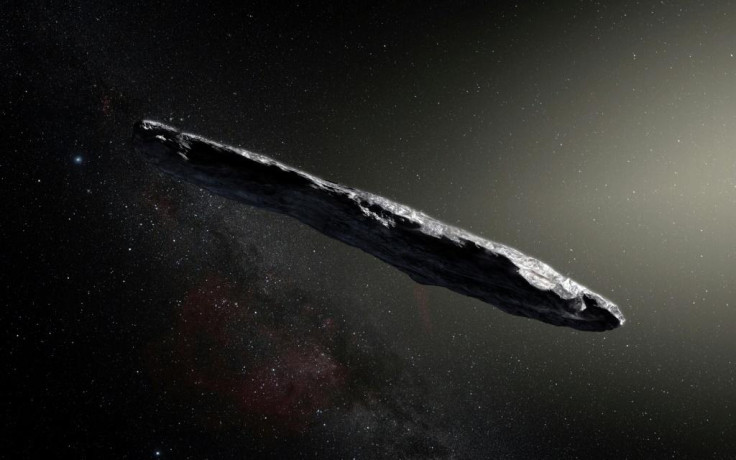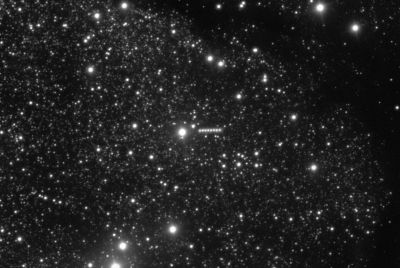'Hostile' Alien Object Hurtling Towards Earth – 12-Mile Entity 'Deliberately' Hiding from Detection, Claims Harvard Scientist
Experts say current data points to a natural interstellar comet, not alien tech

A newly detected interstellar object called the 3I/ATLAS, is travelling towards the inner solar system at an estimated speed of 135,000 miles per hour, sparking claims from a Harvard astrophysicist that it could be a form of alien-operated aircraft
The object, first identified on 1 July 2025, is believed to be between 12 and 15 miles wide and appears to be following a highly unusual trajectory, prompting debate within the scientific community over its true nature.
What is 3I/ATLAS?
3I/ATLAS is the third confirmed interstellar object observed passing through our solar system, following 1I/ʻOumuamua in 2017 and 2I/Borisov in 2019. Early assessments suggest that 3I/ATLAS is significantly larger than its predecessors, with an estimated diameter of roughly 7 miles (11 kilometres). It is currently travelling at a velocity exceeding 135,000 mph (217,000 kph) and is projected to reach perihelion — its closest point to the Sun — on 30 October 2025 or early November 2025.
Its inbound path includes gravitational flybys near Venus, Mars, and Jupiter, leading to further scrutiny due to the object's calculated approach angles and timing.
Harvard Study Proposes Unconventional Hypothesis
A paper authored by Harvard astrophysicist Professor Avi Loeb, along with researchers Adam Hibberd and Adam Crowl, has stirred controversy. The study titled Is the Interstellar Object 3I/ATLAS Alien Technology? proposes that 3I/ATLAS may not be a natural object, but potentially a technological artefact of alien origin. The researchers suggest that the object's planetary flybys could represent deliberate manoeuvres, possibly to deploy observational or reconnaissance devices.
In the paper, which has yet to undergo peer review, the authors describe the object as a possible 'hostile' probe. But, Professor Loeb also admitted that 'By far, the most likely outcome will be that 3I/ATLAS is a completely natural interstellar object, probably a comet.'
Scientific Community Rejects Alien Theory
Experts in the field have largely dismissed the alien probe hypothesis, maintaining that all current observations point to 3I/ATLAS being a typical interstellar comet. Astronomers have noted the presence of a visible coma — a cloud of gas and dust emitted by comets — which aligns with expected behaviour for such objects.
Chris Lintott, an astronomer at the University of Oxford, and Dr Samantha Lawler of the University of Regina were highly critical of Loeb's theory. Through an email sent to Live Science, Lintott called it 'nonsense on stilts.' Lawler, on the other hand, said that 'the vast majority of scientists subscribe to the idea that extraordinary claims require extraordinary evidence, and the evidence presented is absolutely not extraordinary.'
Other astronomers also pointed out that the object has exhibited no sign of propulsion, targeted trajectory changes, or radio emissions that would indicate artificial origin.
Continued Monitoring and Observational Plans
3I/ATLAS is expected to pass on the far side of the Sun during its perihelion, which may limit direct observation during its closest approach. However, telescopes and space agencies including NASA and the European Space Agency are continuing to track its path and behaviour.
Researchers are preparing to analyse the object's outgassing, light reflection, and any potential electromagnetic signatures that may emerge as it nears the Sun. At its closest point, 3I/ATLAS will remain at a safe distance of approximately 149 million miles (240 million kilometres) from Earth, posing no immediate threat.
As more data becomes available, scientists hope to conclusively determine whether 3I/ATLAS is a natural interstellar traveller or something far less familiar.
© Copyright IBTimes 2025. All rights reserved.




















